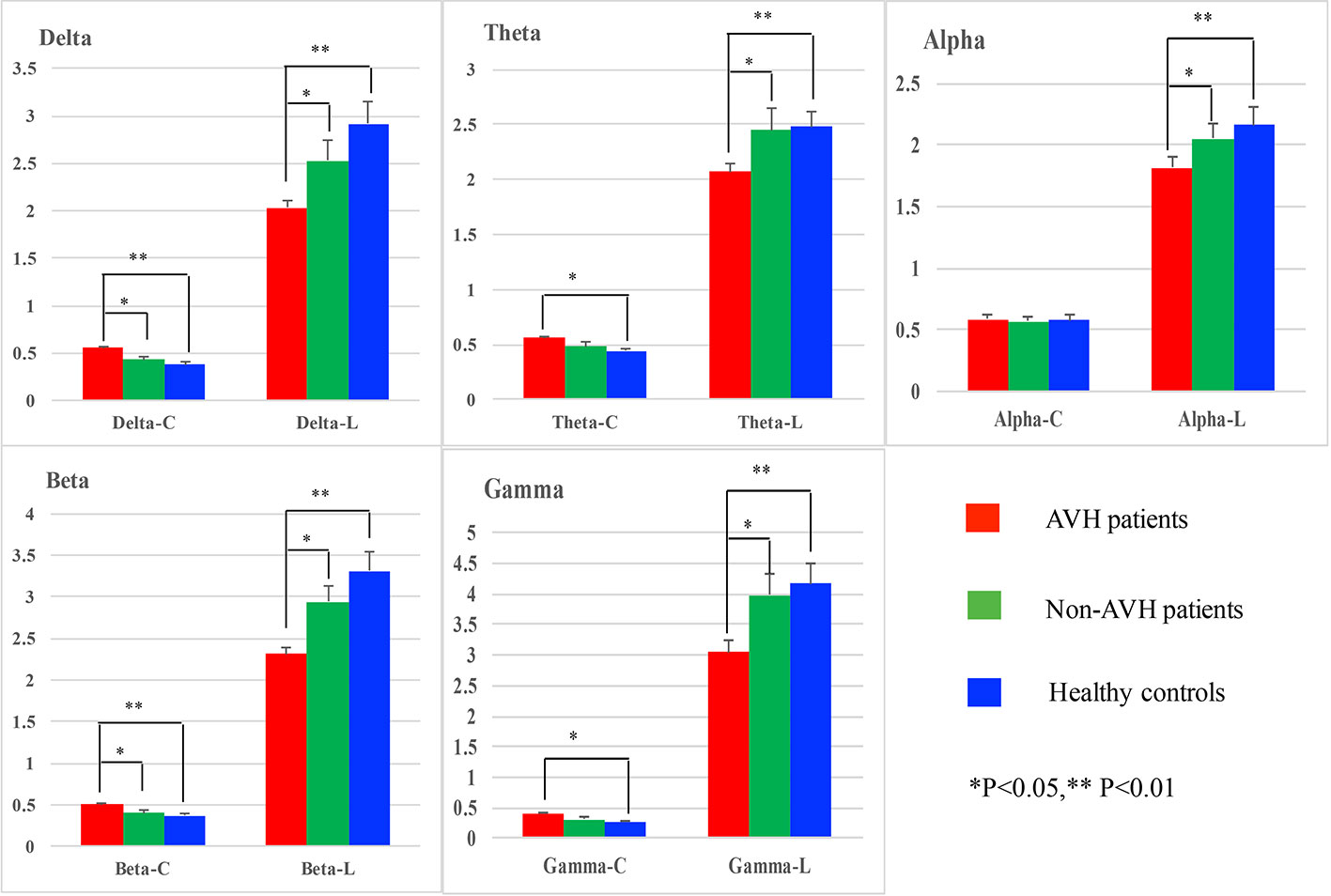

When we continue to move the fingers, the figure becomes more compelx and fills the whole visual field. In addition to the uniform yellow-red that one expects with closed eyes, there appear beautiful regular figures that are initially difficult to define but slowly become clearer. Then I move my outstretched, somewhat separated fingers up and down in front of my eyes, so that they are alternately illuminated and shaded. The lively mind of the child revels in the manifold stimuli of the external world.Who does not remember, if only dimly, such games from that beautiful time? One of them, which could keep us busy at a more serious age, is as follows: I stand in bright sunlight with closed eyes and face the sun.

For example, visual or auditory hallucinations are associated with increased activity in the visual and auditory regions of the brain, respectively, and can be induced by electrical stimulation, during, for example, presurgical evaluation of epileptic patients. Topological theories emphasize abnormal activity in specific regions of the brain. Theories about how hallucinations occur can be broadly divided into two categories. His findings, which are published in the September issue of the journal Cortex, provide a new theoretical understanding of what happens in the brain during a hallucination. Now though, Dominic Ffytche of the Institute of Psychiatry in London has devised a novel experimental technique with which he has studied the changes that occur in brain activity as an induced visual hallucination is taking place. Hallucinations arise spontaneously and are transient in nature, and so the neural activity underlying them is difficult to study. This can be caused by shingles or cocaine abuse, and is referred to as formication (from the Latin word formica, meaning 'ant'). More unusual is a tactile hallucination in which one experiences the sensation of insects crawling under the skin. fresh flowers or rotting flesh) that are not actually present.

Temporal lobe epilepsy or brain injury can lead to phantosmia, or olfactory hallucinations, during which one detects pleasing or foul smells (e.g. Most common are auditory and visual hallucinations, but the other senses can also produce mirages. Hearing voices is a characteristic symptom which is reported by about 70% of schizophrenic patients, as well as by some 15% of patients with mood disorders such as depression and those under the influence of LSD often experience extreme spatial distortions and surreal visions. Hallucinations are often associated with psychiatric conditions such as schizophrenia or with LSD and related drugs.


 0 kommentar(er)
0 kommentar(er)
